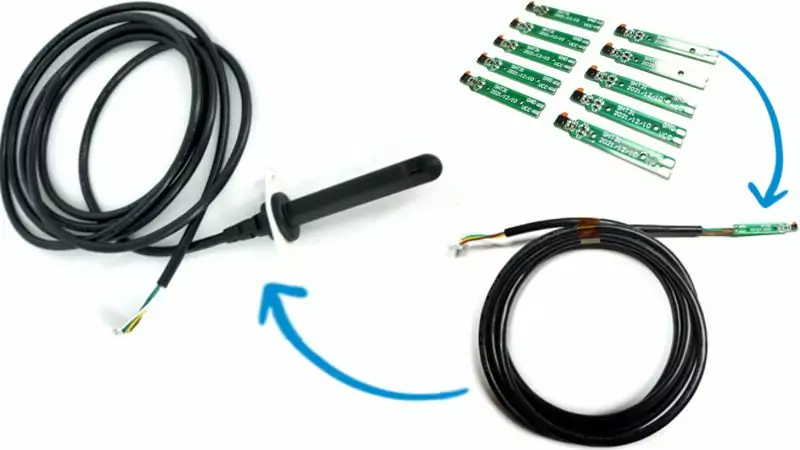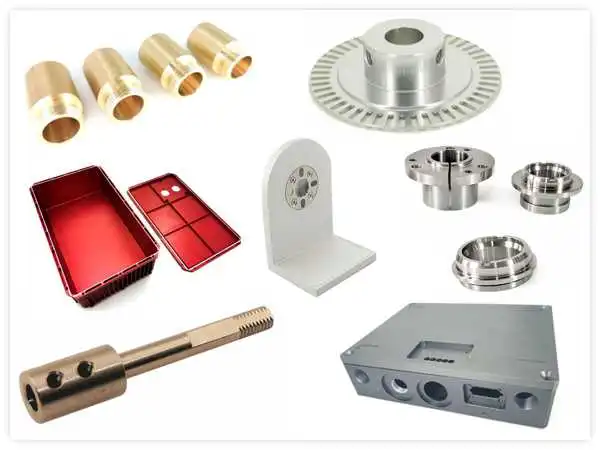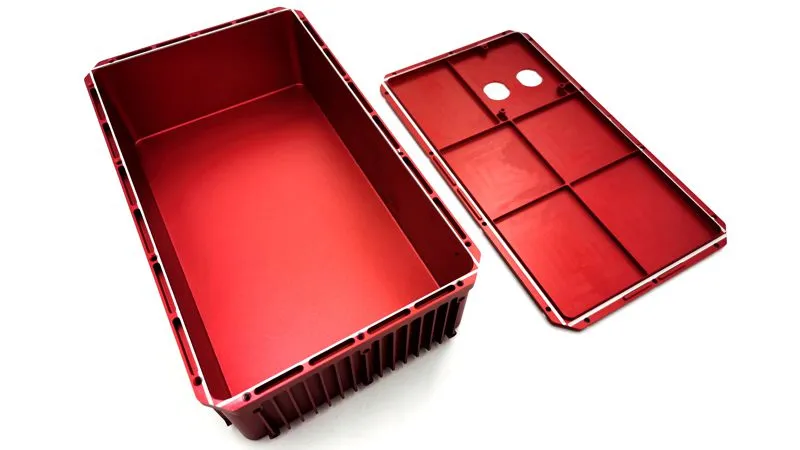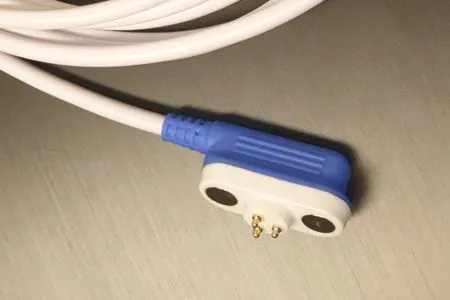Thermoplastic elastomers, or TPEs, are a type of material that combines the processing and molding capabilities of plastics with the flexibility and resilience of rubbers. One popular use of TPE is in overmolding, which involves molding TPE materials onto a substrate to create a product with multiple layers. This process can offer a range of benefits, including improved functionality, durability, and aesthetics.
What is TPE Overmolding?
TPE overmolding is the process of combining TPE materials with other materials, such as plastics, metals, or other TPEs, to create a product with multiple layers of material. Overmolding involves molding the TPE onto a substrate, which can be done in a variety of ways, including injection molding, blow molding, or compression molding. The resulting product can offer unique combinations of properties and improve the performance and appearance of the final product.
Benefits of Overmolding:
Overmolding TPE offers several benefits that make it an attractive option for manufacturers. One key benefit is the ability to combine materials with different properties, such as hardness, flexibility, and chemical resistance, to create a product with specific functionality. This can allow for unique combinations of properties that would not be possible with a single material.
Another benefit of TPE is that it can improve the durability and longevity of a product. The TPE layer can act as a protective barrier against wear and tear, impact, or other environmental factors. This can extend the life of the product and reduce maintenance and replacement costs.
TPE overmolding can also improve the aesthetics of a product. The TPE layer can be molded in a variety of colors and textures, which can enhance the appearance of the product. Additionally, the TPE layer can provide a soft-touch or non-slip grip, which can improve the user experience.
Applications of TPE Overmolding:
TPE overmolding has a wide range of applications across many industries. One common application is in the automotive industry, where TPE overmolding can be used to create soft-touch or non-slip surfaces on steering wheels, shift knobs, or other interior components. TPE overmolding can also be used to create seals and gaskets that provide a tight, leak-free seal in engine compartments, transmissions, or other areas where fluids or gases are present.
Another application of TPE overmolding is in the medical industry, where it can be used to create ergonomic grips on surgical instruments or improve the comfort and fit of medical devices. TPE overmolding can also be used to create seals and gaskets that provide a tight, sterile seal in medical equipment or packaging.
The process of overmolding TPE is also commonly used in the consumer electronics industry, where it can provide a soft-touch grip on mobile phone cases or improve the durability of headphones or chargers. In addition, it can also be used to create seals and gaskets that provide a watertight seal in electronic devices, such as smartphones or smartwatches.
TPE and PCB Overmolding
TPE overmolding is an ideal solution for protecting printed circuit boards (PCBs) from environmental factors such as moisture, dust, or vibration. PCB overmolding involves molding TPE material directly onto the PCB, creating a protective layer that can improve the reliability and performance of the electronic device.
TPE overmolding can also provide additional functionality to the PCB, such as providing a soft-touch grip or improving the durability of connectors and ports. Additionally, TPE overmolding can be customized to meet the specific requirements of the PCB, such as providing EMI/RFI shielding or meeting specific industry standards.
Conclusion:
As a conclusion in this guide to TPE overmolding, We learned about a versatile process that can improve the functionality, durability and aesthetics of a wide range of products. It offers a range of benefits, including the ability to combine materials with different properties, improve durability and longevity, and enhance the appearance of a product. TPE overmolding has applications across many industries, including automotive, medical, and consumer electronics. PCB overmolding with TPE is also a popular solution for protecting electronic devices from environmental factors and improving functionality.
When considering overmolding for your product, it’s important to work with an experienced and knowledgeable manufacturer who can guide you through the process and ensure that the final product meets your specific requirements. By choosing the right TPE material and molding process, you can create a product that stands out in terms of both performance and aesthetics. Here is a guide to TPE overmolding.
Overall, TPE overmolding is an innovative and effective way to improve the functionality and appearance of a wide range of products, from soft grip surfaces to PCB protection. With its many benefits and applications, it’s no wonder that TPE overmolding is becoming an increasingly popular choice for manufacturers across many industries.




